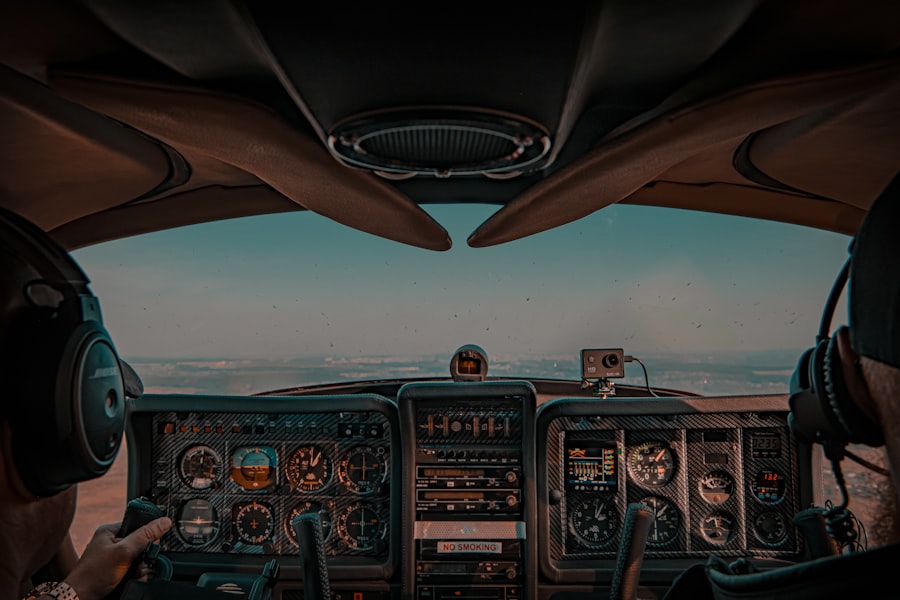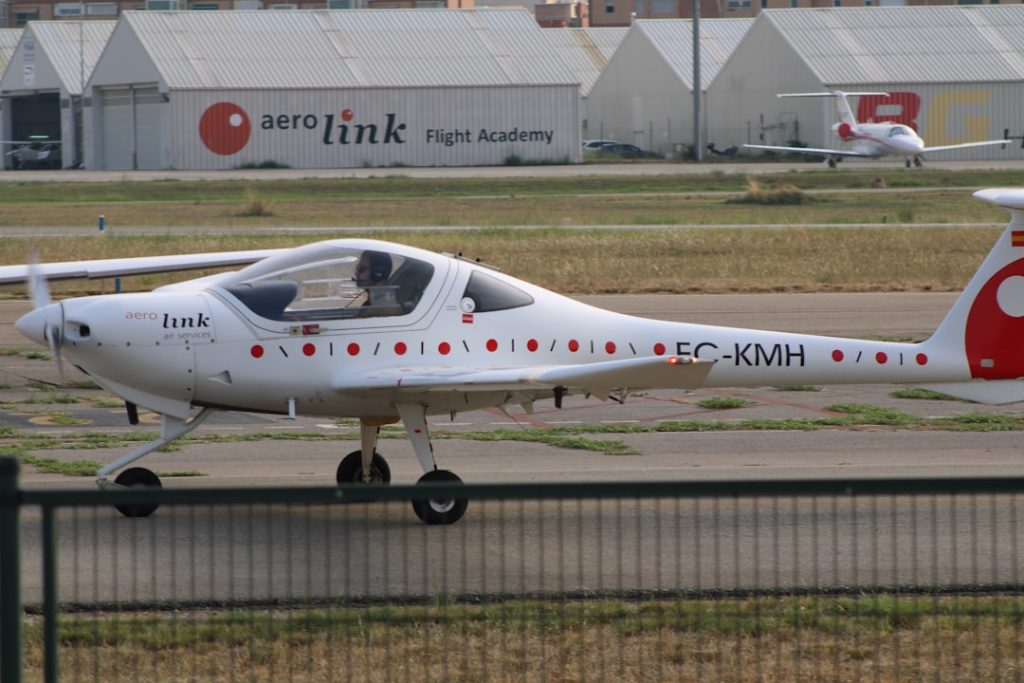Aircraft simulator training has become an indispensable component of pilot education and proficiency. The ability to replicate real-world flying conditions in a controlled environment allows pilots to hone their skills without the inherent risks associated with actual flight. This training method not only enhances a pilot’s technical abilities but also fosters critical decision-making skills that are essential in aviation.
By immersing trainees in realistic scenarios, simulators provide a platform for learning that is both safe and effective, enabling pilots to experience a wide range of situations that they may encounter in the air. Moreover, simulator training is crucial for maintaining currency and proficiency. Regulatory bodies, such as the Federal Aviation Administration (FAA) and the European Union Aviation Safety Agency (EASA), mandate regular simulator sessions for pilots to ensure they remain adept at handling various aircraft systems and emergency procedures.
This requirement underscores the importance of simulators in reinforcing knowledge and skills over time. The ability to practice maneuvers repeatedly, receive immediate feedback, and analyze performance metrics contributes significantly to a pilot’s overall competence and confidence in the cockpit.
Key Takeaways
- Aircraft simulator training is crucial for pilot proficiency and safety
- Understanding the basics of aircraft simulation is essential for effective training
- Mastering instrumentation and controls is key to successful aircraft operation
- Navigating different weather conditions is a critical skill for pilots
- Handling emergency situations is a vital aspect of simulator training
- Fine-tuning takeoff and landing skills is important for safe and efficient flying
- Developing situational awareness is crucial for pilot decision-making
- Regular simulator training offers numerous benefits for pilot skill development
Understanding the Basics of Aircraft Simulation
At its core, aircraft simulation involves the use of sophisticated software and hardware to create a virtual flying experience that closely mimics real-world conditions. Modern flight simulators range from basic desktop applications to full-motion simulators that replicate the cockpit environment of specific aircraft models. These systems utilize advanced graphics, physics engines, and real-time data to create an immersive experience that challenges pilots to respond as they would in an actual flight scenario.
The technology behind aircraft simulation has evolved dramatically over the years. Early simulators were rudimentary, often limited to basic flight dynamics and simple visual representations. Today’s simulators incorporate high-fidelity graphics, realistic soundscapes, and intricate flight dynamics that account for various factors such as weight distribution, fuel load, and aerodynamic forces.
This level of detail allows pilots to engage with the simulator in a way that closely mirrors the complexities of real flight, making it an invaluable tool for both training and assessment.
Mastering Instrumentation and Controls

A fundamental aspect of pilot training is mastering the instrumentation and controls found within an aircraft cockpit. Simulators provide an ideal environment for pilots to familiarize themselves with these critical components without the pressure of being airborne. Each instrument serves a specific purpose, from altimeters that measure altitude to artificial horizons that indicate aircraft orientation.
Understanding how to interpret these instruments is vital for safe and effective flying. In a simulator setting, pilots can practice using these instruments under various conditions, allowing them to develop muscle memory and cognitive familiarity with their functions. For instance, during a simulated night flight, a pilot can learn to rely on instruments rather than visual cues, reinforcing the importance of instrument flying skills.
Additionally, simulators allow for the exploration of different aircraft types, enabling pilots to adapt to varying control layouts and systems. This versatility is crucial for those who may transition between different aircraft models throughout their careers.
Navigating Different Weather Conditions
| Weather Condition | Impact on Navigation |
|---|---|
| Clear skies | Good visibility, easy navigation |
| Rain | Reduced visibility, slippery roads |
| Snow | Poor visibility, icy roads |
| Fog | Very poor visibility, use of fog lights |
| Strong winds | Difficulty in maintaining control |
Weather plays a significant role in aviation safety and performance, making it essential for pilots to be adept at navigating various meteorological conditions. Simulators offer a unique opportunity to experience and respond to diverse weather scenarios without the risks associated with actual flights. From thunderstorms and heavy rain to fog and icing conditions, pilots can practice their decision-making skills in a controlled environment where they can safely explore the limits of their aircraft.
For example, during a simulated flight through turbulent weather, pilots can learn how to adjust their flight path, manage airspeed, and communicate effectively with air traffic control. They can also practice techniques for dealing with low visibility situations, such as using instrument approaches or executing go-arounds when necessary. By repeatedly encountering these scenarios in a simulator, pilots build confidence in their ability to handle adverse weather conditions when they arise in real life.
Handling Emergency Situations
Emergency situations are an inevitable part of aviation, and effective training is crucial for ensuring that pilots can respond appropriately when faced with unexpected challenges. Simulators are particularly valuable for this aspect of training because they allow pilots to practice emergency procedures in a risk-free environment. From engine failures to electrical malfunctions, simulators can replicate a wide range of emergencies that pilots may encounter during their careers.
In a simulator session focused on emergency procedures, pilots can practice critical skills such as troubleshooting malfunctions, executing emergency checklists, and communicating with crew members and air traffic control. For instance, if a pilot experiences an engine failure during takeoff in a simulator, they can practice the appropriate response—maintaining control of the aircraft while executing emergency landing procedures. This hands-on experience is invaluable; it prepares pilots not only to react swiftly but also to remain calm under pressure when real emergencies occur.
Fine-tuning Your Takeoff and Landing Skills

Takeoff and landing are arguably the most critical phases of flight, requiring precision and skill from pilots. Simulators provide an excellent platform for refining these essential maneuvers through repeated practice in various scenarios. Pilots can work on their technique for different types of takeoffs and landings—whether it be short-field landings, soft-field takeoffs, or crosswind approaches—without the constraints of time or fuel limitations.
During simulator sessions focused on takeoff and landing techniques, pilots receive immediate feedback on their performance. They can analyze their approach angles, descent rates, and flare techniques while also experimenting with different configurations such as flap settings or weight distributions. This iterative process allows pilots to identify areas for improvement and develop a more intuitive understanding of how various factors affect their performance during these critical phases of flight.
Developing Situational Awareness
Situational awareness is a cornerstone of safe flying; it encompasses a pilot’s ability to perceive their environment, understand how it relates to their actions, and anticipate potential changes or threats. Simulators play a vital role in developing this skill by immersing pilots in dynamic scenarios that require them to process information quickly and make informed decisions. Through realistic simulations that include multiple variables—such as air traffic density, changing weather conditions, or system malfunctions—pilots learn to maintain awareness of their surroundings.
In a simulator environment, instructors can create complex scenarios that challenge pilots’ situational awareness. For example, during a simulated approach into a busy airport, pilots must manage communication with air traffic control while monitoring other aircraft in the vicinity. This multitasking helps reinforce the importance of staying aware of both internal cockpit instruments and external environmental factors.
By practicing these skills regularly in a simulator, pilots enhance their ability to maintain situational awareness during actual flights.
The Benefits of Regular Simulator Training
Regular simulator training offers numerous benefits that extend beyond mere skill enhancement; it contributes significantly to overall pilot safety and operational efficiency. One of the most notable advantages is the ability to conduct training sessions regardless of weather conditions or time constraints. Pilots can engage in focused practice at any time without worrying about external factors that could impact flight safety.
Additionally, simulators facilitate cost-effective training solutions for airlines and flight schools. Operating an actual aircraft incurs significant expenses related to fuel, maintenance, and insurance; simulators eliminate many of these costs while still providing high-quality training experiences. This financial efficiency allows organizations to allocate resources toward more frequent training sessions or advanced simulation technologies.
Furthermore, regular simulator training fosters a culture of continuous improvement among pilots. By encouraging ongoing education and skill refinement, airlines can ensure that their crews remain proficient in handling both routine operations and unexpected challenges. This commitment to training ultimately enhances safety standards across the aviation industry while also instilling confidence in passengers regarding their safety during flights.
In summary, aircraft simulator training is an essential aspect of pilot education that encompasses various elements crucial for developing competent aviators. From mastering instrumentation to navigating adverse weather conditions and handling emergencies, simulators provide an invaluable resource for enhancing pilot skills and situational awareness. Regular engagement with simulation technology not only improves individual performance but also contributes significantly to overall aviation safety standards.


